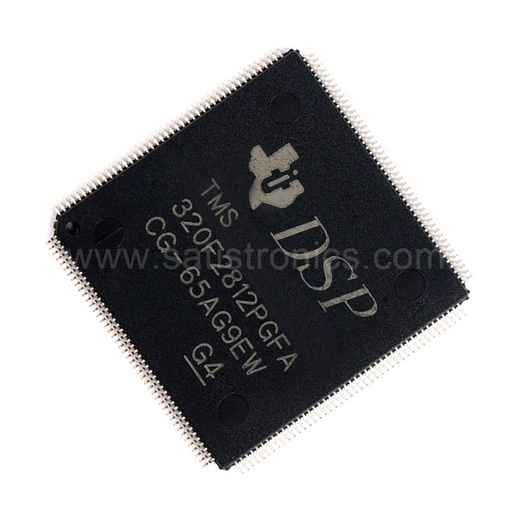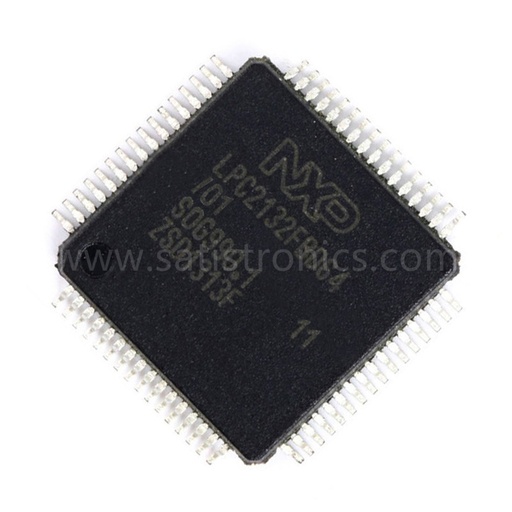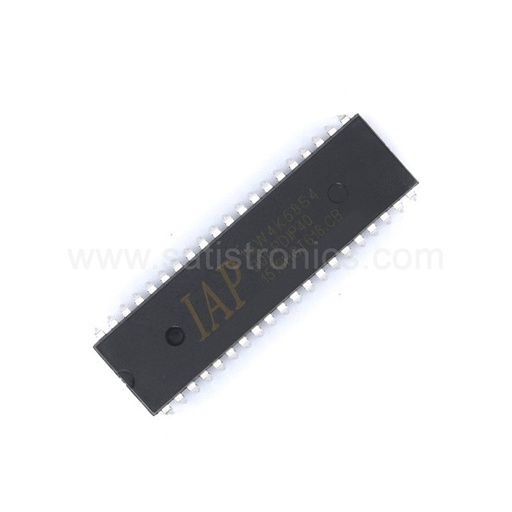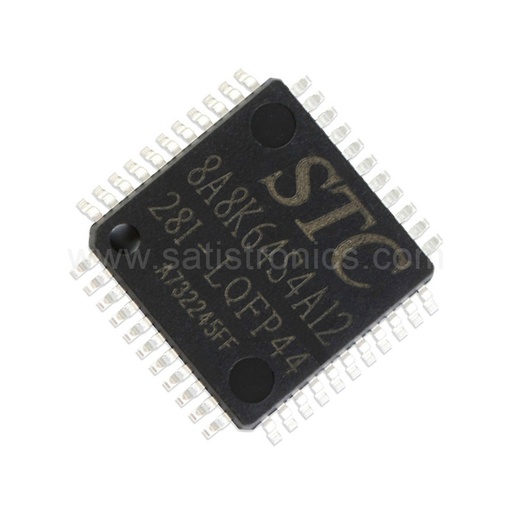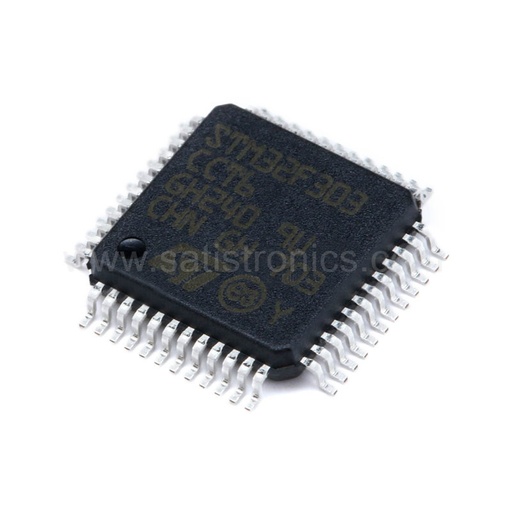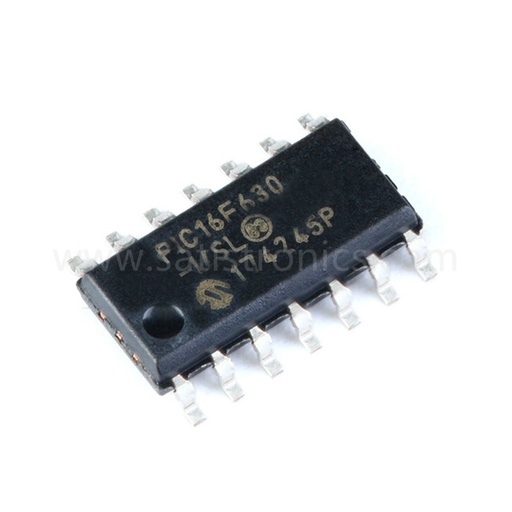Description
The high-density and medium+ density STM8L15xx6/8 ultra-low-power devices feature an enhanced STM8 CPU core providing increased processing power (up to 16 MIPS at 16 MHz) while maintaining the advantages of a CISC architecture with improved code density, a 24-bit linear addressing space and an optimized architecture for low-power operations.
The family includes an integrated debug module with a hardware interface (SWIM) which allows non-intrusive in-application debugging and ultrafast Flash programming.
All high-density and medium+ density STM8L15xx6/8 microcontrollers feature embedded data EEPROM and low-power low-voltage single-supply program Flash memory.
The devices incorporate an extensive range of enhanced I/Os and peripherals, a 12-bit ADC, two DACs, two comparators, a real-time clock, four 16-bit timers, one 8-bit timer, as well as standard communication interfaces such as two SPIs, an I2C interface, and three USARTs. A 8x40 or 4x44-segment LCD is available on the STM8L152x8 devices. The modular design of the peripheral set allows the same peripherals to be found in different ST microcontroller families including 32-bit families. This makes any transition to a different family very easy, and simplified even more by the use of a common set of development tools.
Parameters
- Operating conditions
- Operating power supply: 1.65 to 3.6 V (without BOR), 1.8 to 3.6 V (with BOR)
- Temp. range: -40 to 85, 105 or 125 °C
- Low-power features
- 5 low-power modes: Wait, Low-power run (5.9 μA), Low-power wait (3 μA), Active-halt with full RTC (1.4 μA), Halt (400 nA)
- Consumption: 200 μA/MHz+330 μA
- Fast wake up from Halt mode (4.7 μs)
- Ultra low leakage per I/0: 50 nA
- Advanced STM8 core
- Harvard architecture and 3-stage pipeline
- Max freq: 16 MHz, 16 CISC MIPS peak
- Up to 40 external interrupt sources
- Reset and supply management
- Low-power, ultra safe BOR reset with five programmable thresholds
- Ultra-low-power POR/PDR
- Programmable voltage detector (PVD)
- Clock management
- 32 kHz and 1-16 MHz crystal oscillators
- Internal 16 MHz factory-trimmed RC and 38 kHz low consumption RC
- Clock security system
- Low-power RTC
- BCD calendar with alarm interrupt,
- Digital calibration with +/- 0.5ppm accuracy
- Advanced anti-tamper detection
- LCD: 8x40 or 4x44 w/ step-up converter
- DMA
- 4 ch. for ADC, DACs, SPIs, I2 C, USARTs, Timers, 1 ch. for memory-to-memory
- 2x12-bit DAC (dual mode) with output buffer
- 12-bit ADC up to 1 Msps/28 channels
- Temp. sensor and internal ref. voltage
- Memories
- Up to 64 KB of Flash memory with up to 2KB of data EEPROM with ECC and RWW
- Flexible write/read protection modes
- Up to 4 KB of RAM
- 2 ultra-low-power comparators
- 1 with fixed threshold and 1 rail to rail
- Wake up capability
- Timers
- Three 16-bit timers with 2 channels (IC, OC, PWM), quadrature encoder
- One 16-bit advanced control timer with 3 channels, supporting motor control
- One 8-bit timer with 7-bit prescaler
- One window, one independent watchdog
- Beeper timer with 1, 2 or 4 kHz frequencies
- Communication interfaces
- Two synchronous serial interface (SPI)
- Fast I2 C 400 kHz SMBus and PMBus
- Three USARTs (ISO 7816 interface + IrDA)
- Up to 67 I/Os, all mappable on interrupt vectors
- Up to 16 capacitive sensing channels supporting touchkey, proximity, linear touch and rotary touch sensors
- Fast on-chip programming and non-intrusive debugging with SWIM, Bootloader using USART
- 96-bit unique ID




